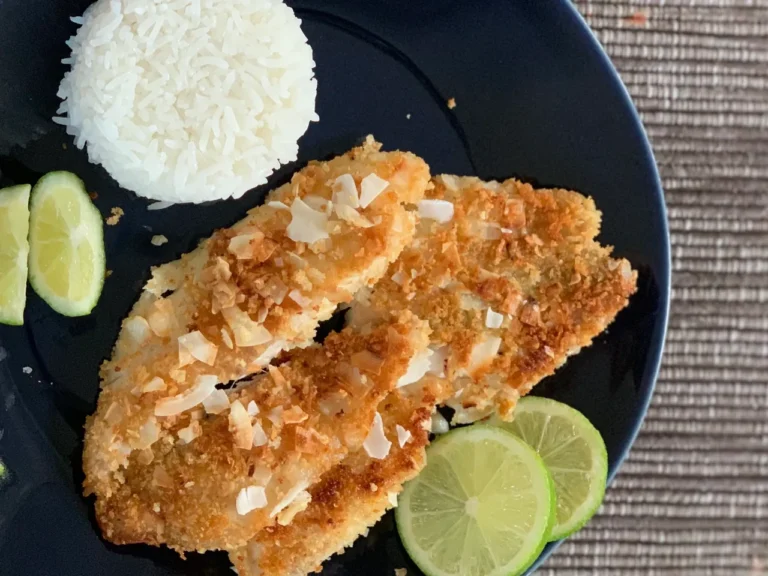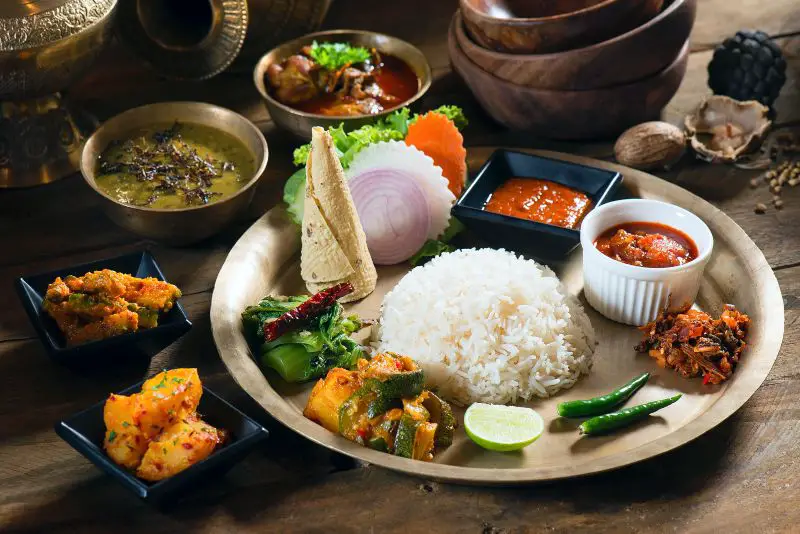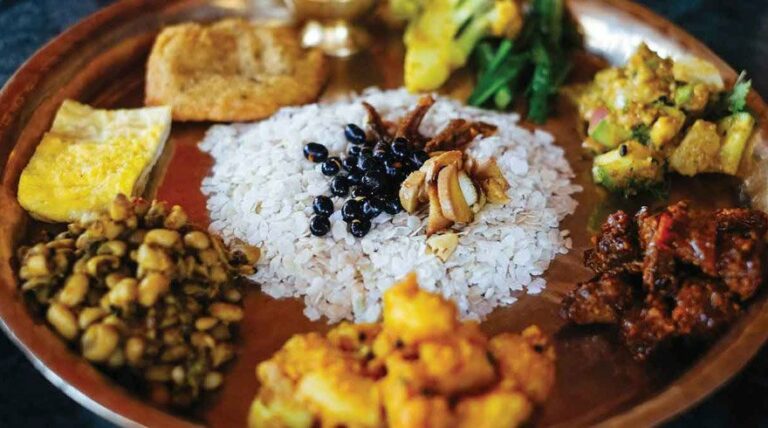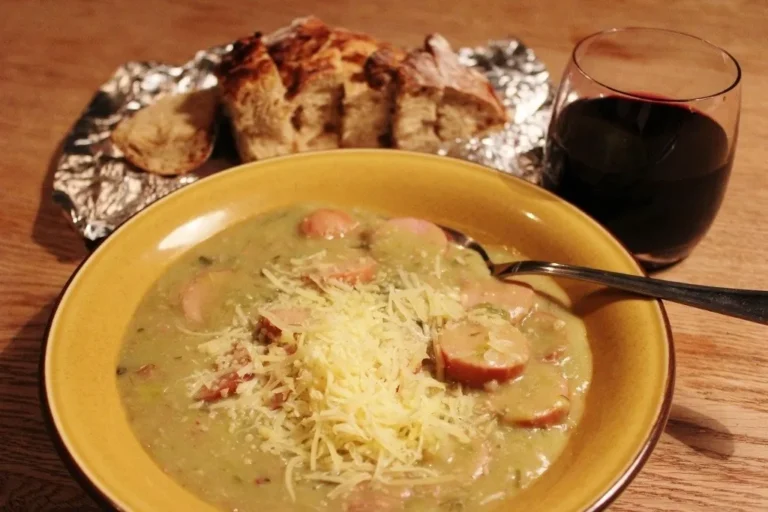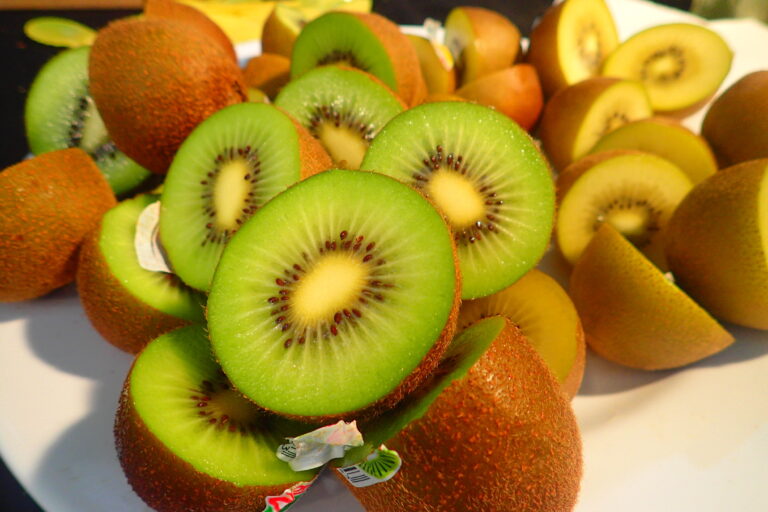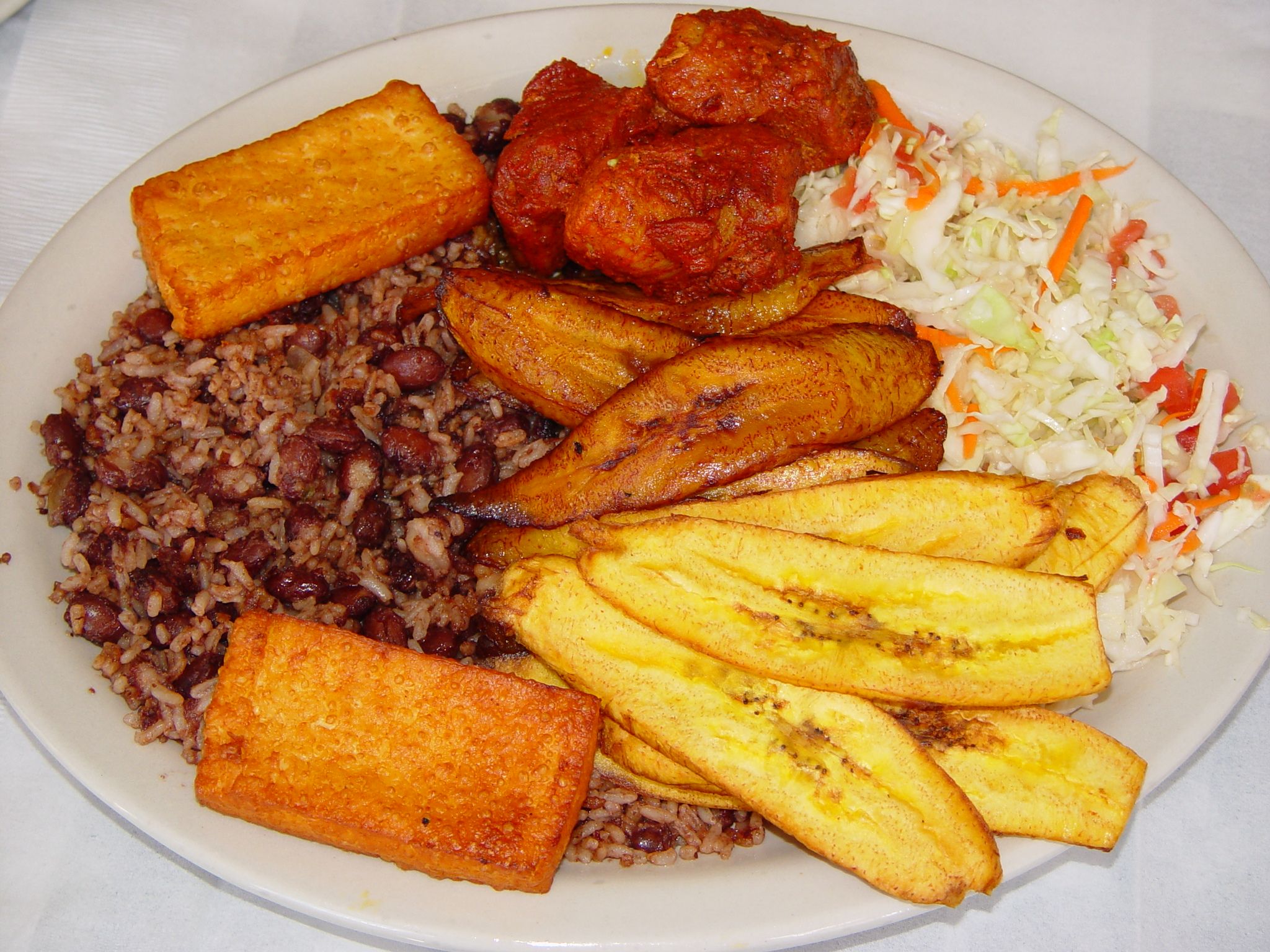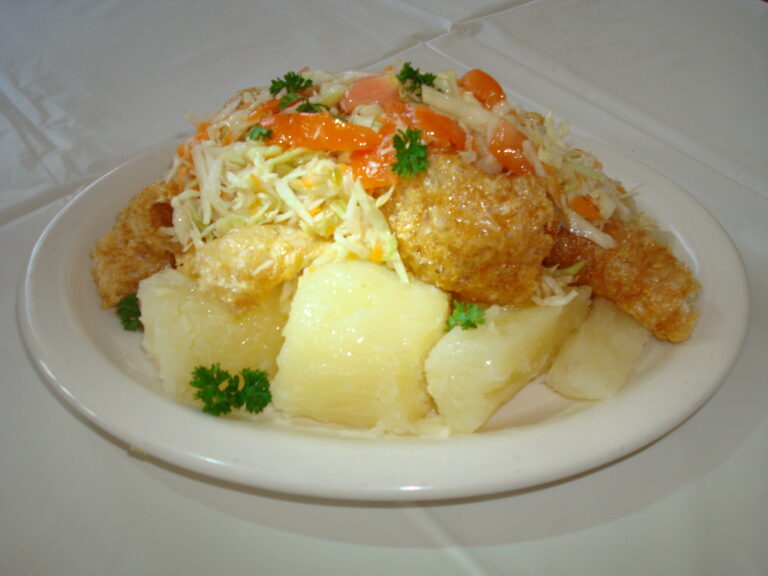Introduction to New Zealand cuisine
New Zealand cuisine is a unique blend of indigenous ingredients, Māori influence, and colonial history. It reflects the country’s diverse cultural heritage and the abundance of fresh produce, seafood, and meat. The cuisine is known for its simplicity, freshness, and emphasis on natural flavors. New Zealand’s geographical location and climate also play a significant role in shaping its culinary traditions.
New Zealand’s isolation from the rest of the world for centuries allowed the development of distinct culinary practices, with influences from Māori culture and European settlers. Today, New Zealand cuisine is a fusion of traditional and contemporary tastes, with new chefs and restaurateurs reimagining the country’s food scene.
Indigenous ingredients and Māori influence
New Zealand’s indigenous ingredients, such as kawakawa, puha, and horopito, are becoming increasingly popular in contemporary cuisine. These ingredients have been used for centuries by Māori people for medicinal and culinary purposes. Māori cuisine is centered around the concept of kai, which means food, but also embodies spiritual and cultural values. Hangi, a traditional Māori cooking method that involves steaming food in an earth oven, is a popular way of cooking meat, vegetables, and kumara (sweet potato) in New Zealand.
Māori influence can also be seen in modern Kiwi cuisine, with dishes such as paua (abalone) fritters, Hāngi pies, and Māori-inspired desserts like kānga wai (pudding made with cornmeal). Māori language is also being used increasingly in restaurant menus, showcasing the country’s cultural heritage.
Seafood dishes that are unique to New Zealand
New Zealand’s long coastline and pristine oceans are home to a vast array of seafood, which is essential to the country’s cuisine. The country is famous for its green-lipped mussels, paua, crayfish, and Bluff oysters. Fish and chips, made with fresh fish such as snapper, tarakihi, and hoki, is a Kiwi staple. The Kiwi love for seafood also extends to more exotic species, such as kina (sea urchin), tuatua (clams), and hapuka (groper).
In addition to traditional seafood dishes, new Kiwi chefs are experimenting with fusion flavors, such as green-lipped mussel ceviche, paua pâté, and crayfish risotto. The country’s thriving food truck scene also offers innovative seafood dishes, such as whitebait fritters and grilled octopus tacos.
The Kiwi love for meat and dairy products
New Zealand is known for its high-quality meat and dairy products, which are exported all over the world. Beef and lamb are popular meat choices, with grass-fed beef being a specialty. The country’s dairy industry produces world-renowned cheeses, butter, and milk. Kiwis also love their meat pies, which are a savory pastry filled with minced meat, usually beef or lamb, and gravy.
The country’s love for meat and dairy is evident in traditional dishes such as steak and cheese pies, lamb roast, and meatloaf. Contemporary Kiwi cuisine is also incorporating meat and dairy in innovative ways, such as venison carpaccio, lamb burgers, and blue cheese ice cream.
Iconic New Zealand desserts and sweets
New Zealand’s love for sweets and desserts is evident in its iconic dishes such as Pavlova, Hokey Pokey ice cream, and Anzac biscuits. Pavlova, a meringue-based dessert topped with whipped cream and fresh fruits, is a national dish and a perennial favorite. Hokey Pokey ice cream, a creamy vanilla ice cream with crunchy bits of caramelized honeycomb, is a beloved Kiwi treat. Anzac biscuits, named after the Australian and New Zealand Army Corps, are oat-based biscuits that were sent to soldiers during World War I.
New Zealand’s desserts are also influenced by Māori and Pacific Islander traditions. Kānga wai, a Māori pudding made with cornmeal, is a popular dessert, while Pacific Islander-inspired dishes such as coconut bread and banana fritters are also gaining popularity.
Contemporary Kiwi cuisine and fusion dishes
New Zealand’s food scene is constantly evolving, with new chefs and restaurants pushing the boundaries of traditional cuisine. Contemporary Kiwi cuisine is characterized by an emphasis on seasonal and local produce, sustainability, and fusion flavors. Kiwi chefs are experimenting with ingredients from different cultures, such as Japanese miso, Indian spices, and Middle Eastern herbs.
Fusion dishes such as slow-braised lamb shanks with harissa, beetroot risotto with feta cheese, and venison burgers with wild mushrooms are becoming increasingly popular. Street food festivals and food trucks are also contributing to the country’s vibrant food scene, offering a diverse range of cuisines, from Mexican tacos to Korean fried chicken. With its rich culinary heritage and innovative chefs, New Zealand is a foodie’s paradise.


